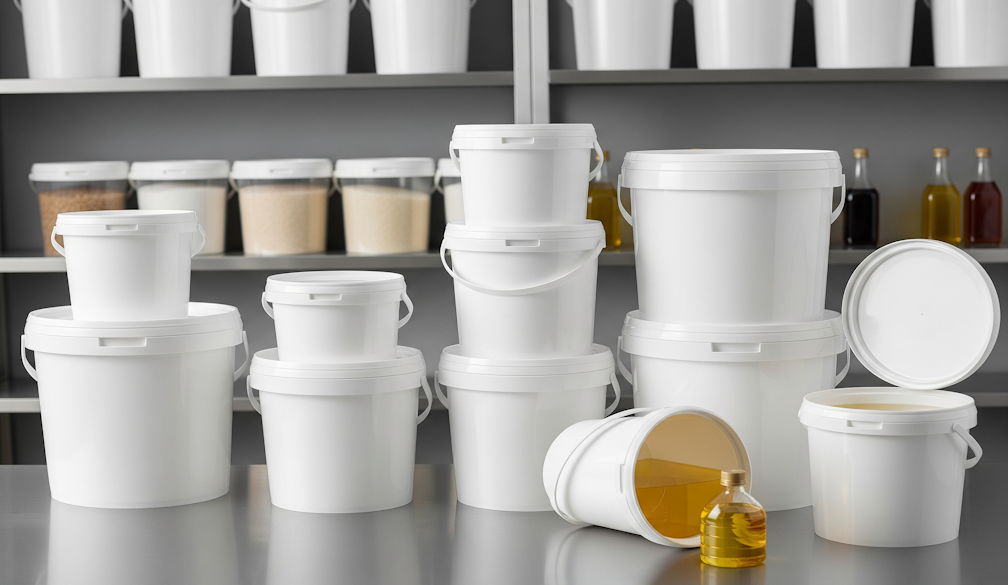Why Food Grade Buckets Are Essential for Safe Food Storage & Packaging

Safe storage and packaging play a major role in protecting the quality of food products. One of the simplest yet most effective solutions is the use of food grade buckets. This article will explore why these containers are trusted across kitchens, cafes and large-scale food operations in Australia.
What Makes a Bucket Food Grade?
Not every plastic container is safe for storing consumables. Food grade buckets are specifically manufactured using materials that don’t leach harmful chemicals into their contents. They’re often made from high-density polyethylene (HDPE), which is approved for contact with food. Unlike standard storage tubs, these buckets meet strict safety regulations that help prevent contamination. Food producers and households alike use them for everything from storing grains to holding liquids such as oils or syrups. Their design ensures that flavours, textures and nutritional values remain unaffected. This makes them a dependable choice for anyone looking to maintain freshness and meet safety expectations in Australia’s food industry.
Preserving Food Safety and Quality
The main purpose of food grade buckets is to keep food safe from contamination. When storing consumables, the risk of bacteria growth, chemical interference or foreign matter can be high if the wrong container is used. These buckets help eliminate those concerns by providing a clean, sealed environment. They’re particularly important for businesses in hospitality and catering, where compliance with safety standards is mandatory. For households, they’re equally valuable for preserving bulk ingredients like flour, sugar or rice, ensuring freshness over extended periods.
Durability and Practical Benefits
Beyond safety, food grade buckets offer impressive durability. They’re built to handle both heavy contents and frequent handling, which is essential for commercial kitchens and food processing facilities. Practical features like secure lids and handles make them easy to use day to day. Many are designed to be airtight, which helps protect food from pests and environmental factors like moisture or dust. This combination of durability and practicality is why these buckets are considered a long-term investment for both businesses and households across Australia.
Supporting Sustainability Efforts
Sustainability is becoming an important factor in food storage and packaging. Many food grade buckets are designed to be reused multiple times, reducing reliance on single-use plastics. Once their lifespan ends, they’re often recyclable, making them a more environmentally responsible choice compared to other packaging materials. For businesses aiming to lower their environmental impact, switching to reusable storage options can support broader sustainability goals.
Versatility Across Different Applications
One of the strengths of food grade buckets is their versatility. While they’re most commonly used for storing dry ingredients or liquids, their applications extend much further. They can be used for fermenting food and drinks, marinating meats or even transporting large quantities of prepared meals. Their wide availability in different sizes also allows users to select the right fit for their needs, whether it’s a small bucket for home use or a large container for commercial operations.
Conclusion
Food grade buckets provide a safe, practical and sustainable solution for storing and packaging consumables. By preventing contamination, preserving freshness and offering long-term durability, they’ve become an essential part of kitchens and businesses across Australia. Their versatility only adds to their value, making them a smart choice for anyone handling food.
